No trip to Wiltshire would be complete without a visit to Stonehenge. A path leads sightseers around the perimeter of the stones, the audio tour educating us through headsets as we marvel at the lost technology.

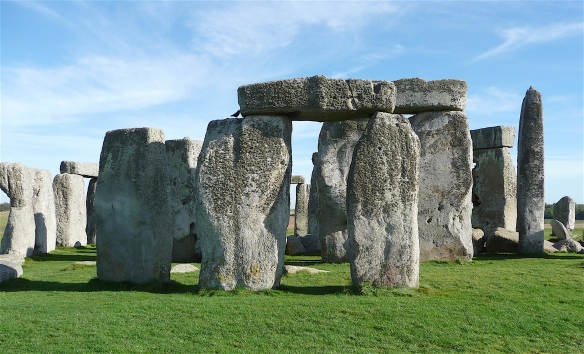
It remains a mystery how these stones, the heaviest weighing around 45 tons, were moved into place as far back as 3150BC.
The view across Salisbury Plain is stunning.

It is possible to walk amongst the stones with special access at sunrise and sunset. Early on a misty morning, we did just that.
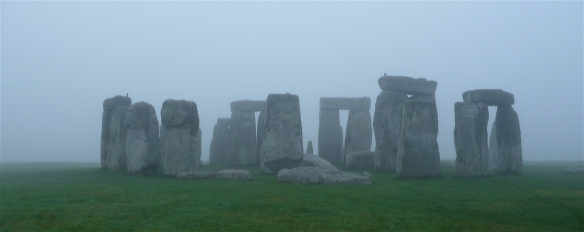
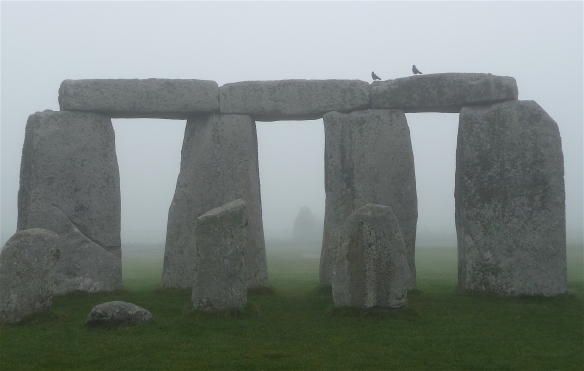
There are many theories about the meaning of the stones but most agree they were a centre for ceremonial activities, most likely a burial site.
The stones have faces, some more obvious than others.
Woodhenge is another Neolithic site not far from Stonehenge. Built about 2300BC, it is believed to have been for ceremonial use. Originally a wooden structure, concrete posts now mark the positions of the original timbers.

The White Horses of Wiltshire are scattered throughout the countryside. Cut into the chalk hillsides are eight figures of horses, the oldest believed to date back to 878AD.

Another unsolved mystery in the history of Wiltshire is Silbury Hill. The largest man-made mound in Europe, it was built around 2400BC and compares in height and volume to the Egyptian pyramids. It apparently contains no burial and its original purpose is unknown.
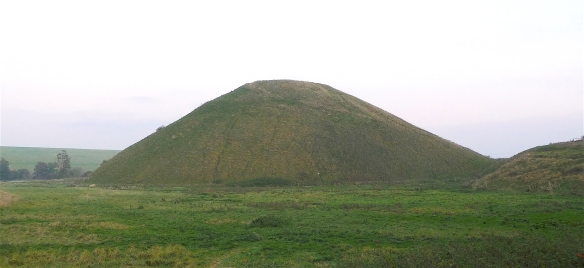
The Avebury henge, dating back to around 2600BC, is the largest stone circle in Britain.

Once consisting of 154 stones, only 36 remain after they were removed to make way for crops and broken up to build houses in the 17th & 18th centuries.


The faces at Avebury are a little more obscure.
The village was quaint and inviting



but the shadows were lengthening and we had much to ponder over dinner.
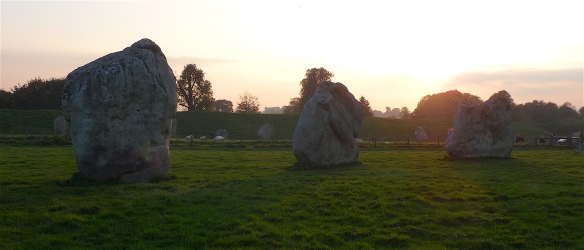













an amazing spectacle !
LikeLike
The early morning visit was very special.
LikeLike
Thanks for sharing! I hope to get over the pond someday and see them in real life!
LikeLike
There is so much to see across the pond. I love your blog and your border collies.
LikeLike
Very atmospheric misty morning shots!
LikeLike
It was very quiet and eerie.
LikeLike
The stone I’m standing next to at Avebury has a sad expression as if he or she is saying ‘not another blimmin’ tourist’. 😀
LikeLike
It’s probably a good thing we don’t know their thoughts.
LikeLike